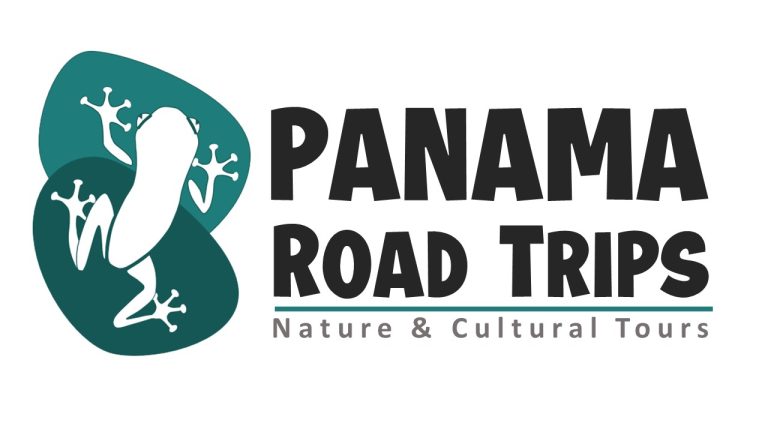General Information:
Panama is much more than just a canal! We are a small isthmus connecting the continents and our unique geographic position makes us the ideal location for travelers looking to embark on a once-in-a-life-time Central American adventure! With easy access to Costa Rica to the northwest, and Colombia to the southeast, and the Pacific and Atlantic Oceans on either side, Panama has historically been a key point of transit since before the founding of our country. This holds true today as many visitors looking to travel internationally throughout the region, decide to begin and finalize their trip in Panama due to the ease of travel to other nearby destinations.

Located in the heart of the tropics, Panama is geographically defined by its Caribbean provinces (Bocas del Toro and Colón), the interior provinces (Chiriquí, Veraguas, Herrera, Los Santos, Coclé, and Panama Oeste), the Darien province to the east, and the capital Panama City. Among its almost 4 million inhabitants, Panama is also home to 7 different indigenous groups, many of which reside primarily in defined indigenous reservations (Comarca Ngäbe Buglé, Comarca Embera Wounaan, Comarca Kuna Yala, Comarca Kuna Wargandí, Comarca Kuna Madugandí, and the Comarca Naso Tjer Di).
While Panama is relatively small, there is much to see and do in each region. From white sand Caribbean beaches, the farmlands of the interior, to the pristine rivers and mountains, Panama has something for everyone as a prime destination for eco-tourism in the region. Along with the modern comforts and amenities of the capital city, former visitors continue to return due to the welcoming relaxed spirit and friendliness of the Panamanian people. With over 80 direct flights from different parts of the world, it is easy to book your trip no matter where you might be. Foreigners can also rest assured while traveling as Panama is safe, affordable, and has something to make anyone’s vacation unforgettable!
Climate
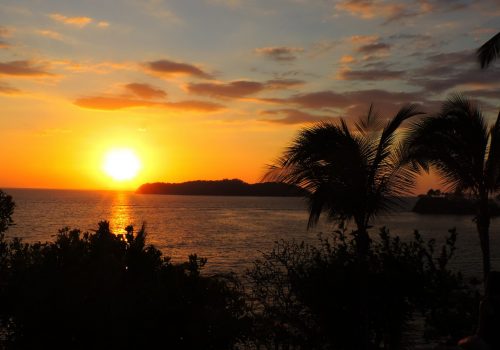
With an average daytime temperature of 32° C (roughly 88° Fahrenheit), Panama’s warm climate makes it an attractive location to visit year round. During the months of January through April, one can enjoy Panama’s “summer” months on the Pacific side, with breezes off the ocean and sunny skies throughout the day. Visitors can expect rain for part of the day during the months of May through December on the Pacific side of the country, with variable rain throughout the year on the Caribbean side.
Those seeking cooler locations often enjoy relaxing trips to the beaches, rivers, and to the highlands where temperatures are more moderate and the humidity less intense.
Visitors should come with the expectation that weather will be variable and unpredictable, as is common in all tropical destinations. For that reason, it is always a good idea to come prepared with light comfortable clothing, use sunscreen and hats, and to drink plenty of water in order to fully enjoy your trip!
Some of our Destinations & Attractions
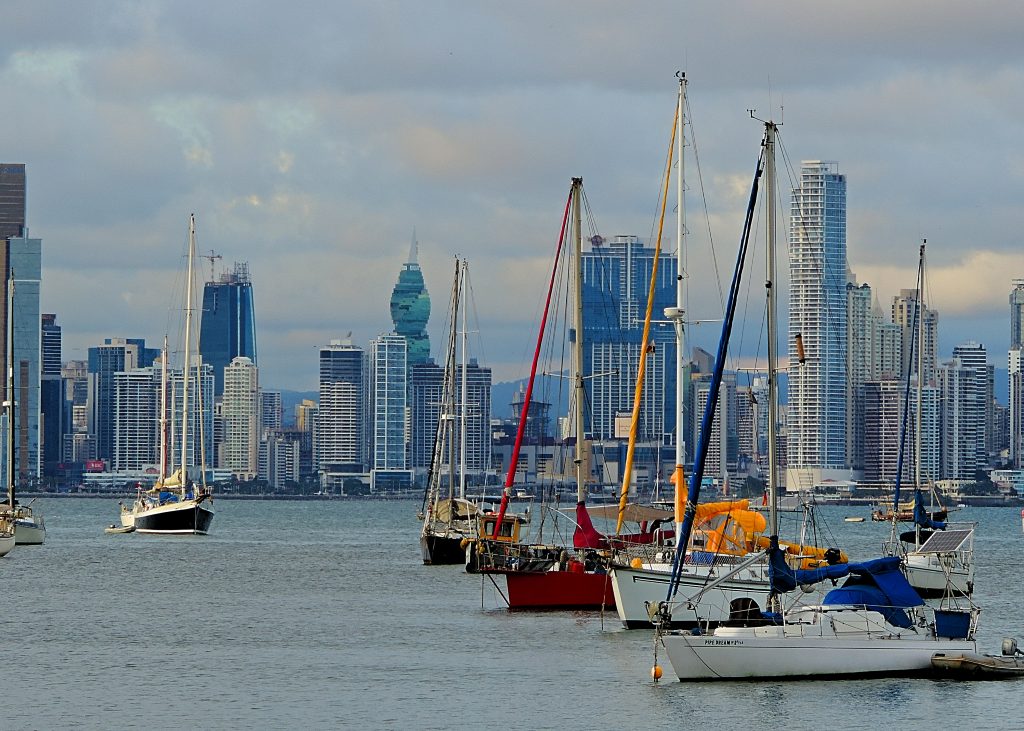

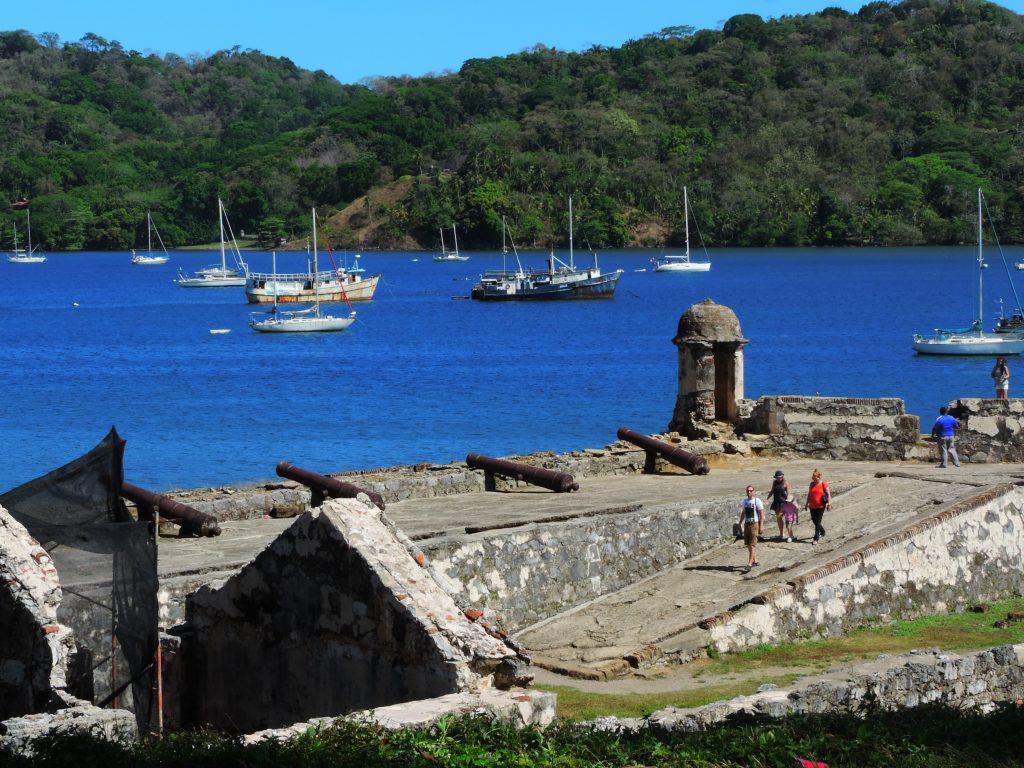
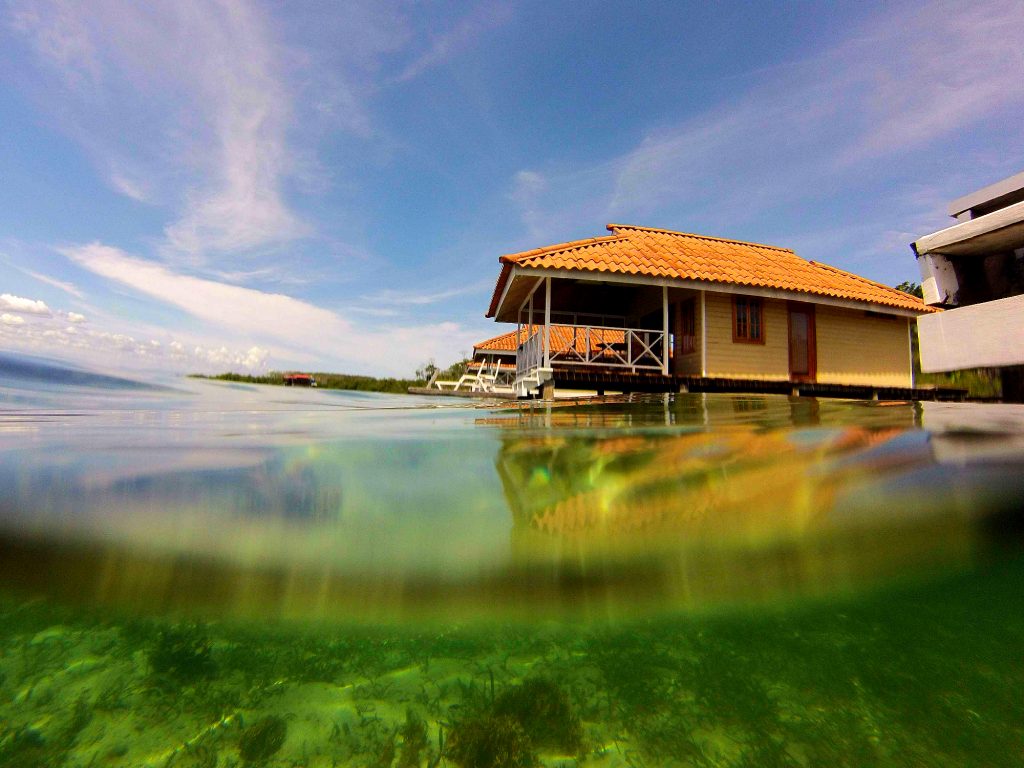
Panama City and Surrounding Regions
Those visiting Panama City and the nearby area must see the Panama Canal and the Canal Zone. Our tour touches on Panama’s unique history and events that have let the capital and its economy be what it is today. Those looking to shop will feel right at home with Panama’s many shopping centers and malls. Nearby the city, visitors can escape to nature with nearby destinations such as Soberania National Park, Isla Grande and Portobelo, and one of the most famous beach destinations, the San Blas Islands. Hiking, birding, fishing, and snorkeling are all activities that can be done within just a couple hours’ drive from Panama City.
Beaches and Jungles of Bocas del Toro
Crossing the central mountain range to the Caribbean, Bocas del Toro is a jungle paradise, famous for its island tours, snorkeling, diving, surfing, and Caribbean culture. Popular attractions include visits to cacao farms, a variety of local and international cuisine, witnessing incredible wildlife including dolphins and howler monkeys, and a lively nightlife.
The Highlands of the West
Heading west to the Chiriqui province, travelers can escape the heat of the lowlands by heading to the towns of Boquete and Cerro Punta. Boquete, a quaint mountain destination, offers travelers a chance to explore jungle trails, check out the nearby hot springs of Caldera, and climb Panama’s highest peak, Volcan Baru. In nearby Cerro Punta, one will find less tourists but equally beautiful scenery in one of the country’s prime agricultural spots. Locals love stopping through Cerro Punta to buy fresh produce, especially strawberries!
The Darien
Heading to the opposite side of the country, the lesser-known treasure of Panama is held in the province of Darien. The Darien is Panama’s final frontier, bordering Colombia, and holding some of the highest amount of biodiversity in the world! Opportunities for trips and adventures to Darien are just recently starting to emerge, offering a glimpse into the beauty of the natural landscape and the unique culture of its indigenous inhabitants.
The Azuero Peninsula
The Azuero Peninsula (made up of the provinces Herrera and Los Santos) is also growing in popularity as a favorite destination for locals and foreigners alike. Home to Panama’s famous Carnavales celebration, the Azuero with its pristine beaches and friendly locals, is one of the regions where one can find a more traditional and relaxing way of life.
Our Cultures
Being a critical point in the world for transit and trade, Panama since its earliest origins has typically been home to a large number of different cultural groups; an impressive feat considering its small size. From its early days as a Spanish colony, to the Gran Colombia, to an independent nation, Panama is a melting pot of diversity from its indigenous inhabitants to its international settlers.
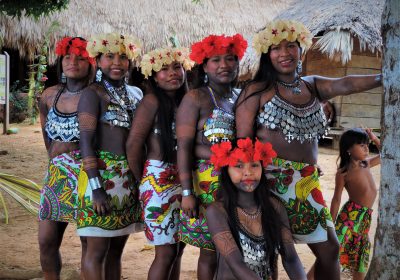

Embera and Wounaan People
Located in Panama’s eastern regions of Colón, Panama Este, and Darien, the Embera and Wounaan represent two of the smaller indigenous groups in population, but full of unique cultural and traditional significance to Panama. Most often remembered by their colorful dress and body paint, the Embera and Wounaan have recently begun to expand their economic activity from subsistence farming to ecotourism.
Ngäbe and Buglé People
The largest indigenous territory both in size and population is home to the Ngäbe and Buglé people. Each with their own distinct languages, the Ngäbes and Buglés primarily reside in the mountainous regions of Veraguas, Chiriqui, and the jungles and coast of Bocas del Toro. Subsisting mainly on their family farms, the traditional beliefs, artisan work, and farming practices of these groups make them of great interest to visitors interested in getting to know the more traditional characteristics of the countryside and culture.


The Guna People
Mainly located in the eastern regions and Caribbean coast bordering Colombia, the Guna are perhaps the most famous of Panama’s seven indigenous groups for their unique appearance, short stature, notable artisan products “molas”, and their territory known as San Blas, one of Panama’s most popular island chain attractions.
Naso and Bri Bri People
Located in the Bocas del Toro province close to the Costa Rican border, these two groups make up the smallest populations of Panama’s seven indigenous tribes. Located primarily along the Teribe and Sixaola rivers, these two groups primarily live as subsistence farmers and their populations even reach into the eastern regions of Costa Rica. The Naso people were granted semi-autonomous territory status for their land in 2020 with the establishment of the Comarca Naso Tjer Di.

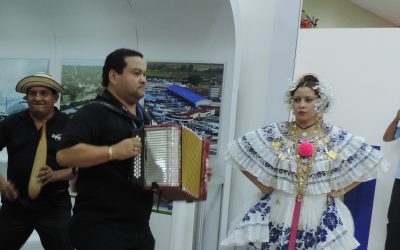
Afro-Panamanians
Immigrants to Panama during both the Spanish colonization as enslaved people and the different migrations from the different Caribbean islands, Afro-Panamanians also make up one of the diverse cultural groups of Panama. Mainly inhabiting the provinces of Colón, Bocas del Toro, and Panama City, many have kept some of their traditional practices, food, and cultural elements to this day. In the Bocas del Toro province, the Caribbean dialect of Guari Guari (similar to Jamaican Patua) is still spoken by many inhabitants.
People from the Interior
The largest cultural group of Panama is made of its country people or campesinos. Primarily made up of Latinos, or those of mixed Spanish and indigenous backgrounds, the people of the interior provinces of Panama still keep their early traditions and agricultural practices alive to this day. Cultural holidays and celebrations are commemorated through traditional dress “pollera” and music “tipico” and a variety of food unique to the regions. Spanning all provinces of the country, the beauty of the Panamanian interior can be most impressively witnessed through the simplistic culture of its campesinos.

The Diversity of the Capital
Home to over a million people (one fourth of Panama’s total population), Panama City is home to the largest cultural diversity in the nation. Latinos, indigenous, Afro-Panamanians, and foreigners alike call this city home. Over the past 20 years of economic development, the capital city closely resembles many other modern cities with its comforts, international cuisine, and new age advancements such as the Metro system.
Panamanian Food
The culture and countryside of Panama is most strongly displayed through its unique and delicious cuisine. Differing from the typical cuisines of other Central American countries, Panamanian food is as diverse as its people, influenced by the different regions and the histories of the people that inhabit them.
Across the country, one can expect to find a plato tipico or typical dish that will contain: white rice or occasionally a starchy root vegetable, a meat option (typically, beef, pork, fish, or chicken in sauce), a small side of beans or lentils, and a small salad. Cuisine on the Caribbean side of the country tends to utilize more hot peppers and coconut for flavoring than the other regions of the country.
Across the country, Panama’s staple crops consist of plantains, yuca (cassava), ñame (root vegetable), otoe (taro), beans, corn, and rice. In the interior of the country, all of these staple crops are used in the cuisine, from the typical dish that we’ve mentioned, to Panama’s signature lunch time soup, sancocho. Those in coastal areas and especially in the capital city, often enjoy a plate of fried fish with a side of fried plantains.
With beverages ranging from fresh juices, smoothies, beers and liquors, Panamanian food has something for everyone!




Panama Nature & wildlife




As we’ve mentioned, one of the most breathtaking attractions of Panama is its natural wildlife and scenery. Home to some of the greatest biodiversity in the Western Hemisphere, Panama is home to an abundance of animals, birds, fish, insects, butterflies, reptiles and amphibians, that make it a must-see for any nature lover.
From the howler monkeys of the jungles, to jaguars, sloths, and other tropical mammals, the animals of the Panamanian forests will amaze any visitor, and remind us all of all that Panama still holds within its tiny borders.
From Boa Constrictors, to Golden Frogs, Panama is also home to a large number of endangered species. Due mostly to habitat loss and hunting, many of the most impressive of Panama’s species have retreated to more remote jungle locations, or have disappeared completely.
Panama is also home to different regions of tropical forest which contain a wide variety of endemic plant life, fruit trees, and hardwood trees. Heavily impacted by development, farming, and cattle grazing, much of Panama’s forests have been cut over the recent decade, impacting wildlife, climate, and cultural patterns and migrations within the country.
Islands and Coastlines of Panama
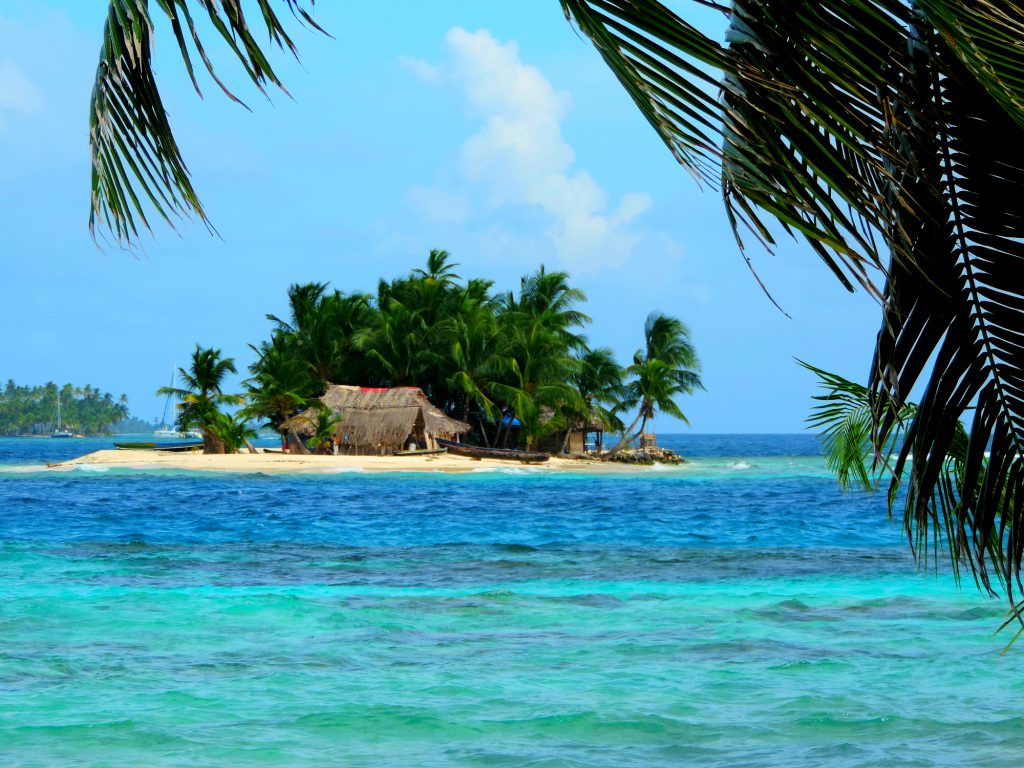
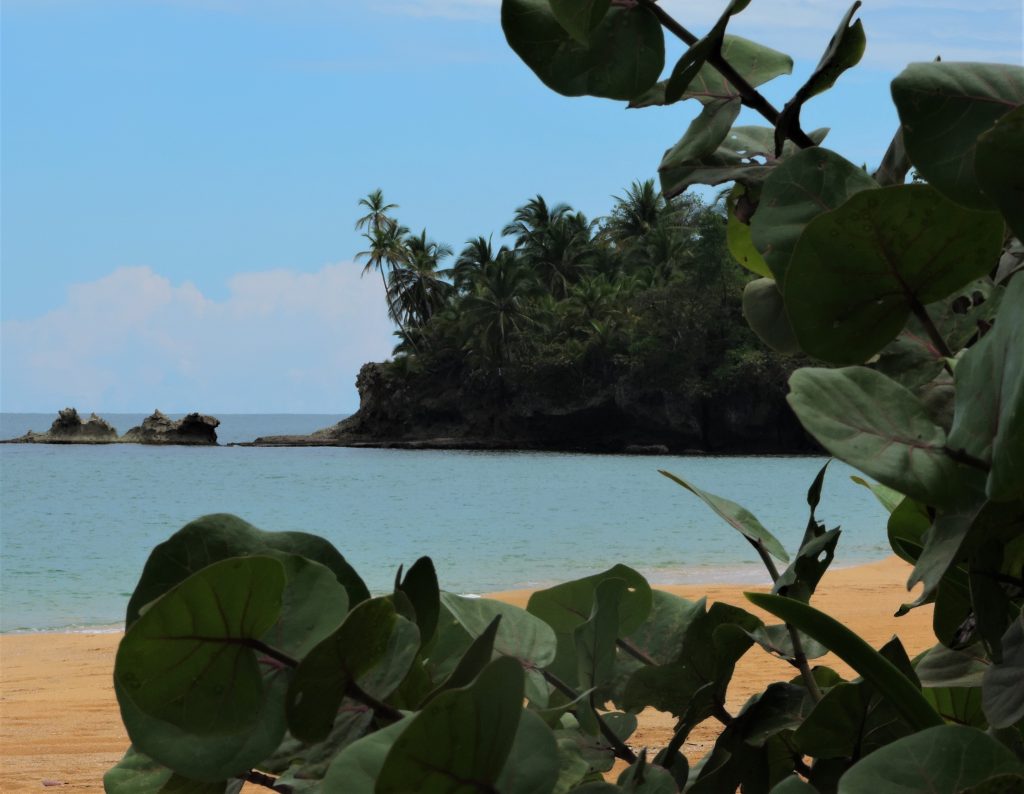

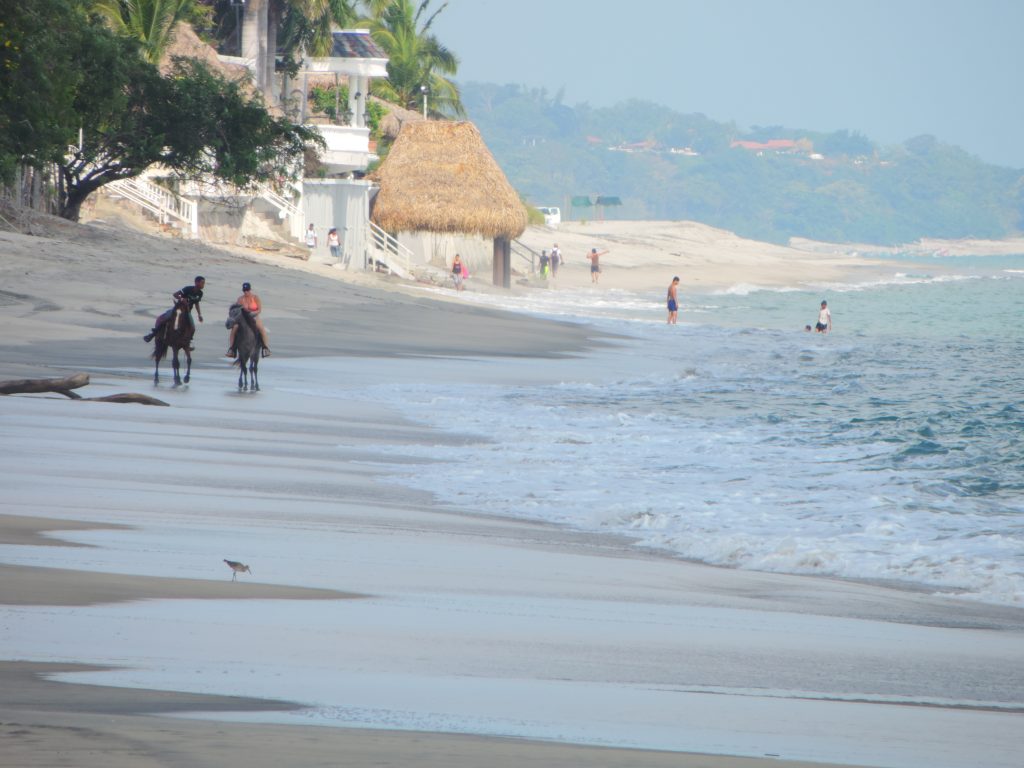
Many of Panama’s visitors come in search of their own tropical paradise. Panama’s coastline and many islands are always preferred destinations whether one ventures to the Pacific or Atlantic side of the country.
From the archipelagos of Bocas del Toro and San Blas in the Caribbean, to the Las Perlas islands and Coiba island in the Pacific, Panama’s coasts offer a variety of activities from fishing, surfing, snorkeling, diving, swimming, or simply relaxing under the shade of a palm tree.
